 Miscellaneous
Miscellaneous  Miscellaneous
Miscellaneous  Gaming
Gaming 10 Funny Tutorials in Games
 History
History 10 Fascinating Little-Known Events in Mexican History
 Facts
Facts 10 Things You May Not Know about the Statue of Liberty
 Movies and TV
Movies and TV 10 Movie Adaptions That Brought Popular Songs to Life
 Health
Health 10 Miraculous Advances Toward Curing Incurable Diseases
 Miscellaneous
Miscellaneous 10 Undeniable Signs That People’s Views of Mushrooms Are Changing
 Animals
Animals 10 Strange Attempts to Smuggle Animals
 Travel
Travel 10 Natural Rock Formations That Will Make You Do a Double Take
 Movies and TV
Movies and TV 10 Actors Hidden in Your Favorite Movies
 Miscellaneous
Miscellaneous 10 Interesting Things Manufacturers Stopped Making and Why
 Gaming
Gaming 10 Funny Tutorials in Games
 History
History 10 Fascinating Little-Known Events in Mexican History
Who's Behind Listverse?

Jamie Frater
Head Editor
Jamie founded Listverse due to an insatiable desire to share fascinating, obscure, and bizarre facts. He has been a guest speaker on numerous national radio and television stations and is a five time published author.
More About Us Facts
Facts 10 Things You May Not Know about the Statue of Liberty
 Movies and TV
Movies and TV 10 Movie Adaptions That Brought Popular Songs to Life
 Health
Health 10 Miraculous Advances Toward Curing Incurable Diseases
 Miscellaneous
Miscellaneous 10 Undeniable Signs That People’s Views of Mushrooms Are Changing
 Animals
Animals 10 Strange Attempts to Smuggle Animals
 Travel
Travel 10 Natural Rock Formations That Will Make You Do a Double Take
 Movies and TV
Movies and TV 10 Actors Hidden in Your Favorite Movies
10 Mysterious And Brutal Ancient Killings
When skeletons talk, scientists listen. How someone died centuries ago can reveal more about the social violence and beliefs of long-gone eras. The language of bones is graphic but not always clear. For unknown reasons, people were struck down by professional killers or slaughtered children on a scale that archaeologists had never witnessed before. Other killings were more telling. They provided more details about old mysteries and the brutal reality of medieval tournaments’ lack of sportsmanship.
SEE ALSO: 10 Brutal Facts About The Most Humane Method Of Execution
10 Man Murdered On A Dune
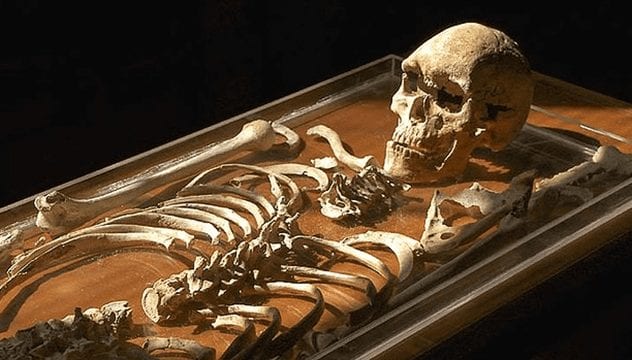
In 2005, a construction crew found human bones in Sydney. Located in the suburb of Narrabeen, the skeleton belonged to an aboriginal man in his thirties. He turned out to be Australia’s earliest spearing victim. Scientists from all fields came together to reconstruct his life and death. Chemical analysis showed that the young man lived on a diet of seafood, coastal birds and seaweed.
Around 4,000 years ago, he found himself on the beach. Likely surrounded by several killers, he was stabbed to death and possibly left on the crest of a dune. During the excavation, a number of spear barbs were recovered. This was important to add some context to the slaying. Old records mentioned how Europeans witnessed ritual punishment in the Sydney area during which a person was killed by barbed spears.
Indeed, 17 pieces of barbs were found stuck in the Narrabeen skeleton or scattered around it. Several of the points also had smatterings of human bone and tip damage consistent with spearing a human. What the man did to deserve this remains a mystery.[1]
9Masonry Man’s Real Story

The so-called “Masonry Man” fled the city of Pompeii when Vesuvius erupted in 79 A.D. He failed to escape and died along with thousands of other residents. When the man’s remains were found in 2018, the Internet had a field day. The scene beggared belief. The skeleton was lying face down with his head trapped under a massive piece of masonry.
At first, the cause of death was obvious. He was running for his life when a flying 300-kilogram (661-pound) rock nailed him. This crushing end made the man a unique Pompeii victim. Around a month after the discovery, archaeologists removed the stone. They fully expected to find a crushed skull. After all, the evidence suggested that that the upper part of the man’s body, including his thorax and head, was dragged downwards by the velocity of the block.
Remarkably, the head was unscathed. Not a single fracture could be found. The downward angle appeared to have been caused by 19th-century tunneling that slightly collapsed the area surrounding the rock. The man was probably killed by a pyroclastic flow before the rock arrived. This horrifying death is released by volcanoes as a searing cloud nobody can outrun. While we now know the man was not crushed to death, it remains unclear why the masonry did not cause more damage.[2]
8 Rosemarkie Man Could Have Been Royalty
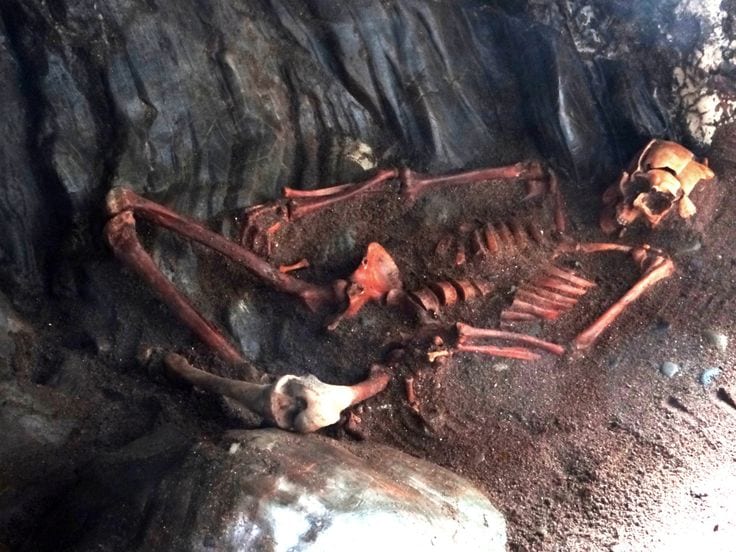
A few years ago, the so-called Rosemarkie Man was found in a Scottish cave. He belonged to a mysterious group called the Picts and was murdered around 1,400 years ago. Facial reconstruction showed a handsome, serious-looking man.
Rosemarkie Man was also powerfully built, which was probably why his assassins took him down in a group and without finesse. The first three blows broke his teeth, fractured the back of his head and jaw. A fourth strike was so savage that it passed through the skull from one side and out the other. A fifth blow was added for good measure. The 30-year-old was buried in the cave where earlier excavations found signs of a feast. People were either really happy that the man died or his status demanded a big show.
A 2019 study gave the status theory more substance. Despite being in his prime, the man showed no injuries other than what had caused his death. There was nothing to suggest he was a warrior or performed any labor. Additionally, tests revealed that he had an unusual, high-protein diet – almost as if he ate nothing but pork. No signs of a hard life, eating exceptionally well and receiving a careful burial all pointed to the man being an elite member of a royal family, or that he was a chieftain.[3]
7 The Child In The Baths Building
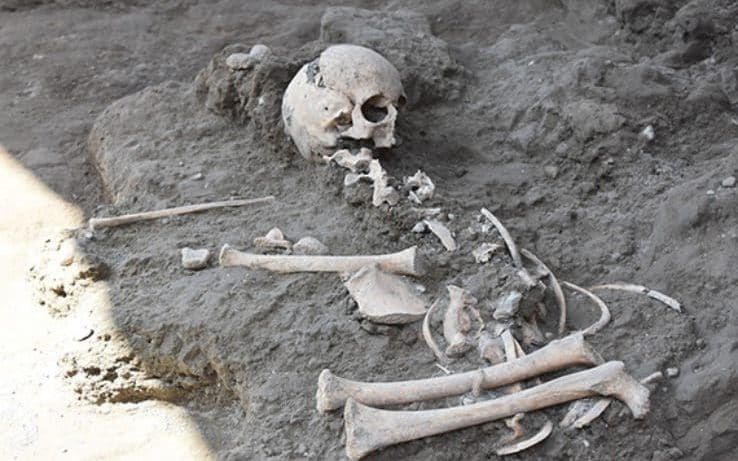
In 2018, archaeologists entered Pompeii with scanning equipment. The city’s central baths complex was considered “fully excavated” since the 19th century, but the team decided to sweep the structures anyway. There was a blip on the screen that turned out to be a child’s remains. The remarkable find likely escaped previous searches since the skeleton was hidden under a layer of soil.
Nobody knows why he or she was alone that day, where the family or guardians were, or exactly what killed the child. However, it would appear that the youngster was desperately scared. In an attempt to hide from the falling debris and ash, the roughly 7-year-old darted into the baths complex. The decision would be a fatal one. Although nothing is certain, the researchers believe that the child possibly died when Vesuvius released its deadly pyroclastic flows. As the scorching ash billowed over the building, the flow would have entered the windows and suffocated the child.[4]
6 Clues About The Southern Maya Collapse
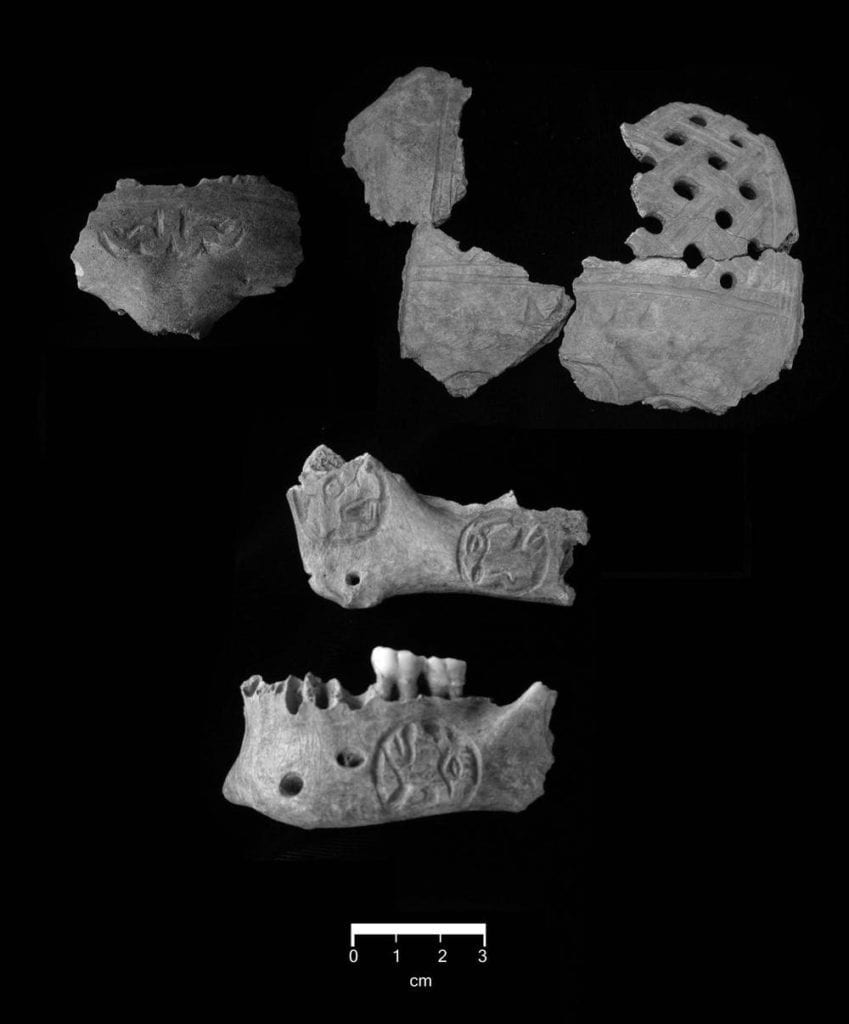
In 2019, a Maya warrior’s grave was discovered in Belize. Located in the Maya city of Pacbitun, the tomb included two trophy skulls. Both were crafted and decorated to be worn as necklaces. While one carried a glyph believed to be the first known word for “trophy skull,” the pair had greater importance. They could add valuable information to the greatest Mayan mystery.
The culture’s height was the Classic period. Society, the political system, architecture, and their military flourished for hundreds of years. Then for some reason, everything dissolved. Over the course of 150 years, starting in the eighth century, the powerful culture went into a fatal tailspin and nobody knows why. Researchers looked for a single cause until it became clear that no one factor was responsible. Instead, a complex merge of drought, violence, overpopulation, and weakening authority all played their part.
At least, the Pacbitun trophy skulls, along with a handful of others, suggested a reason why warfare destabilized cities in the south, including Belize. Previous evidence showed that their leaders and monuments were deliberately destroyed by somebody. Regardless of where the trophy skulls were found, most of the necklaces belonged to northerners and were made from southerners. It would appear that Maya in the north, sensing that the south’s dynasties were declining, moved in for the kill.[5]
5 Mutilations In Cambridgeshire
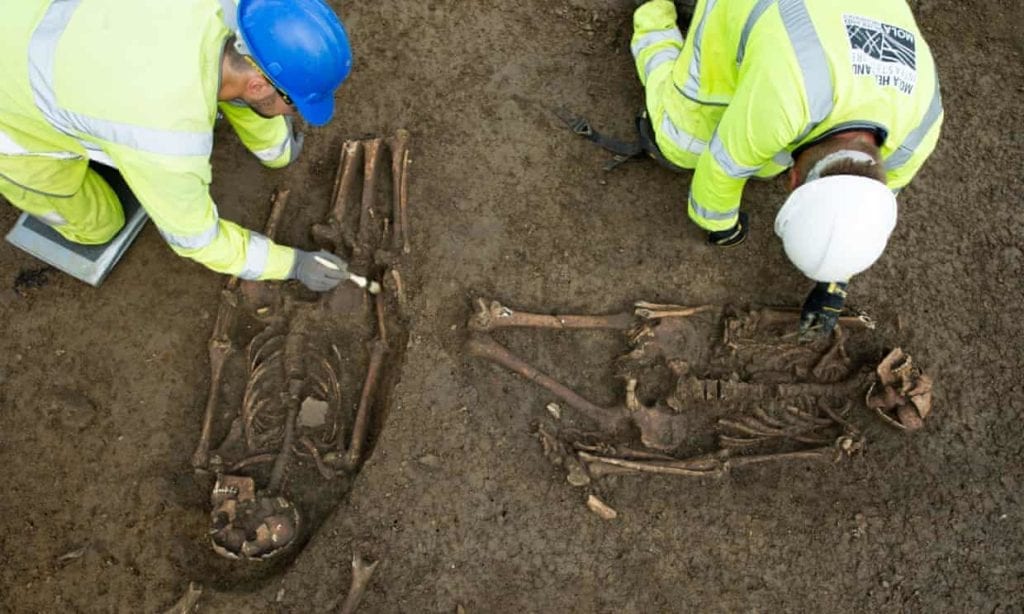
In 2018, archaeologists found a rubbish dump in Cambridgeshire. The gravel pit dated from late Roman or early Saxon times. Nearby stood a Roman well. Both were enclosed by a circular ditch that held some kind of settlement. An investigation pieced together a tragic community. Once, they lived their lives. Then the Romans arrived, broke through the ditch and enslaved the villagers. There were signs that agriculture intensified afterward, perhaps to feed the Romans who forced the locals to tend the fields.
When the excavations found human remains, they showed what probably happened when the people tried to resist. Two male skeletons were discovered inside the trash pit. Their legs were hacked off at the knees – hopefully after death – and placed next to their shoulders. One theory is enough to make anyone cringe. The archaeologists believe that the mutilation might have occurred to keep the men from climbing out of their graves. The brutal act could also have served as a warning to others not to run away. The skeletons looked tame when compared to a third man who was found in the well. The body was missing everything from the waist down. He had been chopped in half and thrown away like rubbish.[6]
4 A Professional Medieval Killing
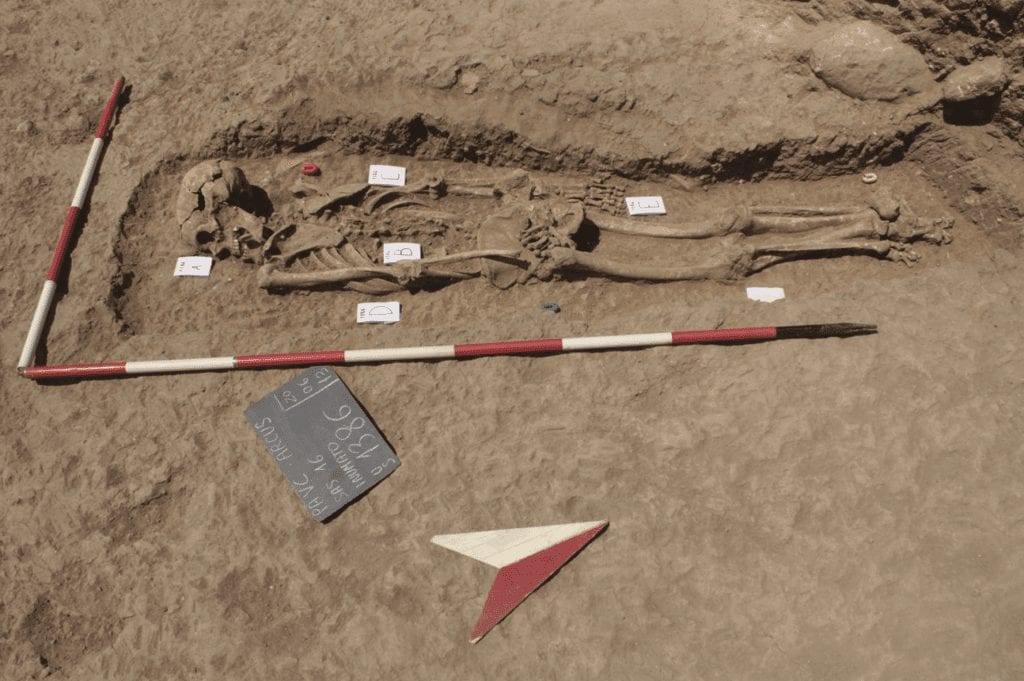
During the 11th century, a man was violently stabbed to death. Archaeologists recovered his body in 2019 while digging in Sicily. At first, the crime went unnoticed. What piqued the team’s interest was the man’s unusual position. He was face-down, something not commonly seen in medieval Sicily. In fact, this was the first such discovery in the region.
The grave was also shallow and empty of goods. These already suggested that somebody disliked the 30 to 40-year-old but the wounds clinched it. After scanning the skeleton, a rough version of his final moments emerged. The man was kneeling when he was stabbed at least six times from behind. Whoever attacked him was likely a professional killer, because he delivered a quick and certain death. The heart was pierced several times.
The perfect stabs also suggested that the victim could not resist. Indeed, his feet were found close together as if tied by a long-gone rope. The researchers felt that the execution-style killing and disrespectful burial indicated that the man might have been an outlaw. However, nothing is known about that day. The victim could have been a normal man who earned the dislike of somebody that settled scores with hired killers. [7]
3 The True Brutality of Medieval Tournaments
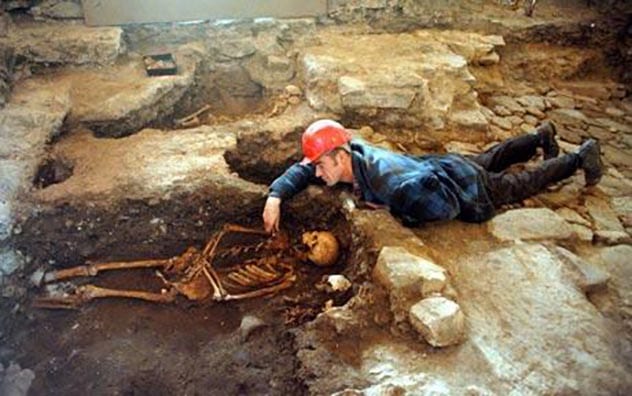
In 1997, around 12 skeletons were removed from Stirling Castle. One of them was an English Knight who died during a tournament in 1388. Fatalities during jousting and other “war games,” might sound accidental. However, a recent review of the knight’s remains proved otherwise.
The man was called Robert Morley, a heavily muscled character in his mid-twenties. Several physical traits and injuries suggested that Morley led a hard life that included brutal tournaments. During earlier contests, he survived an arrow to the chest. At one point an ax put a dent in his skull. He survived that too. Falling from his horse or another blow also cost Morley a few teeth.
The tough knight was finally killed when an opponent razed a sword through his face, which cleaved through his nose and jaw. Apparently honor was not included in tournament rules. Morley was fatally struck while lying on the ground.[8]
2 A Brutal Portuguese Punishment
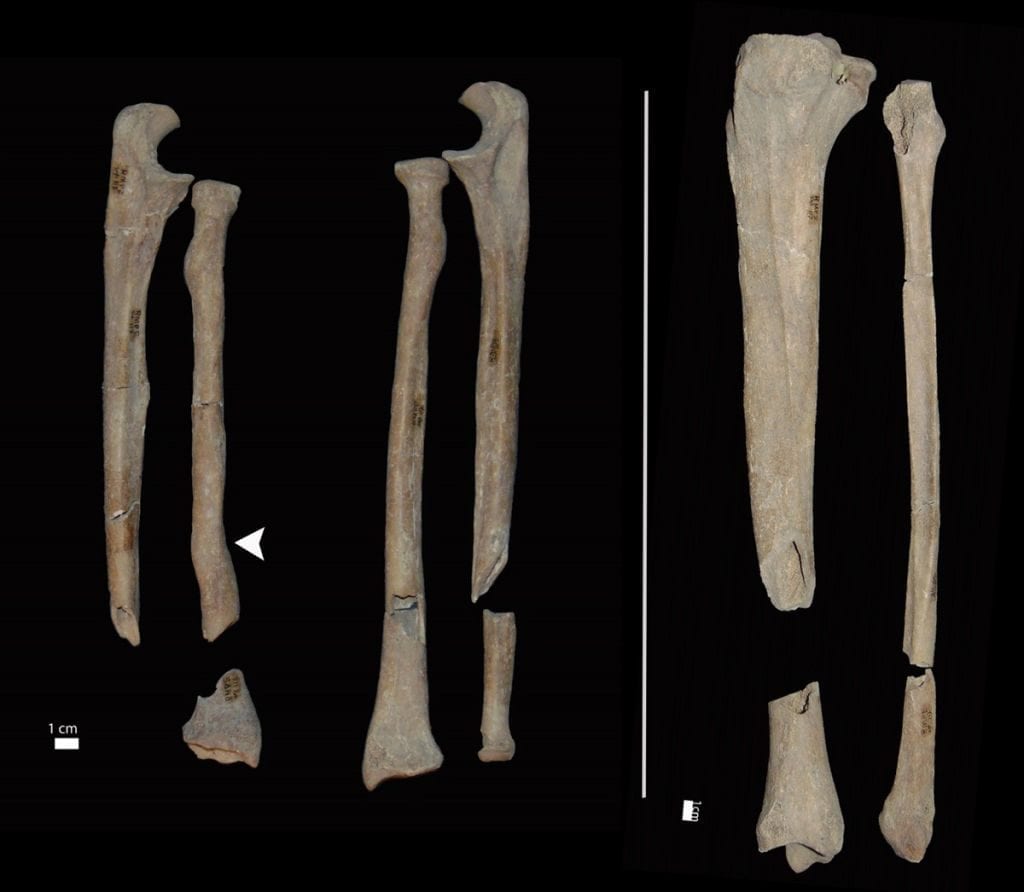
In 2001, researchers removed almost 100 bodies from a necropolis in Portugal. Located in Estremoz, the medieval burials were normal except for three. The trio’s graves were at the southern end in the cemetery. The archaeologists were more than a little horrified when they discovered the men’s hands and feet had been amputated. The chopped off parts were stashed under their bodies or next to it. Worse, there was every reason to believe that the removals happened as a punishment while the men were still alive.
The angle of the cuts showed that the legs and arms were held together as each set was severed by an ax or sword. One man gruesomely suffered a botched attempt to hack off his legs. There were no other injuries on the bodies. This suggested that after the amputations, they were allowed to bleed to death.
What prompted the brutality will never be known. But sometime between the 13th and 15th centuries, the three individuals, aged 18 to 35, earned somebody’s hatred. Since medieval law removed hands that stole or supported the counterfeiting business, it is plausible that the men were criminals. If so, then the additional axing of their feet suggested that a very serious crime had taken place.[9]
1 New Report On Largest Child Sacrifice
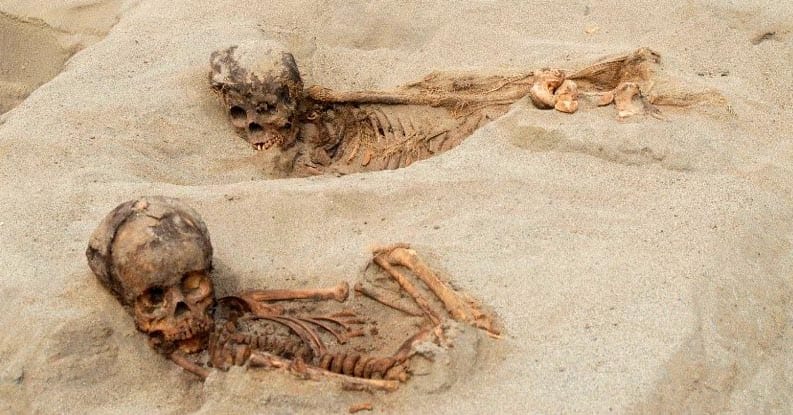
In 2019, a new report released the scope of a horrifying event that happened in Peru. The media already reported stories about the site, which was first discovered in 2011. Several kids and baby camelids (llamas or alpacas) were killed in what became the largest child sacrifice ever to be discovered in the New World.
The Huanchaquito-Las Llamas site belonged to the Chimú culture and was a 15th-century human abattoir. The unspeakable place remained hidden for centuries until passersby noticed human and animal bones sticking from dunes. The first excavations found 43 children and 74 camelids. Years later, the body count spiked to 3 adults, 137 kids, and 200 camelids. Based on incomplete skeletons scattered around the site, the death toll could be much higher. So far, the mass grave covers an area of 700 square meters (over 7,500 square feet). One of the worst things to come to light was the possibility that the children’s hearts were removed. Some had cut marks on their chests and the ribcages were pulled apart.
Archaeologists had never seen anything like this before. There was no forewarning that ancient Peru was into mass killings of the child-camelid kind. What is known, however, is that the sacrifices took place as a single event. For some reason, children aged 5 to 14 were killed and their bodies turned to face the sea. The animals faced the mountains. One theory suggests that the weather caused the killing frenzy. The region was normally arid but the skeletons came with a lot of mud. Perhaps the rainy season became so destructive that people performed the sacrifice to appease whatever gods they thought were angry.[10]
For more lists like this, check out 10 Terrifying Places Haunted By The Ghosts Of Brutal Violence, and 10 Shocking Discoveries We Uncovered From Analyzing Ancient DNA.








